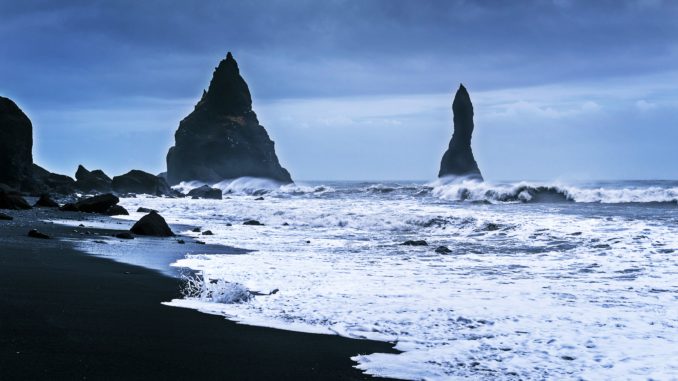
Iceland, one of the most beautiful countries in Northern Europe, is synonymous with its black sand beaches. It is a country with a lot of volcanoes.
Iceland has beaches with black sand because the sand is made from black volcanic rocks, which are made from lava that has cooled and hardened.
What causes black sand beaches in Iceland?
Flowing hot lava from Reynisfjara’s currently dormant volcano cools and solidifies as it meets cold Atlantic waters on the beach, creating black sediment. This cold blast causes the solid lava to break apart, forming small volcanic rock that weathers down further to generate smaller pebbles, creating black sand.
Most famous black sand beaches in Iceland
The most famous beaches known for their beautiful black sandy texture are
- Reynisfjara Beach
- Solheimasandur Beach
- Stokksnes Beach
- Diamond Beach
- Dyrholaey Beach
How dangerous are black island beaches in Iceland?
Beaches in Iceland are dangerous, this is one thing we should all know..
People have died on Icelandic beaches.
In spite of the numerous warnings, tourists frequently ignore them and venture too close to the ocean. So, the most important thing to know is follow the rules and do not walk close to the waters. Definitely don’t take selfies with your back to the sea.
Deadly “sneaker waves” can be seen on Iceland’s black sand beaches like Reynisfjara.
Sneaker waves are waves that may appear to be safe, ever that may appear to be calm and regular; and then one comes along that is significantly larger than the rest, catching you unawares. People have been pushed down and dragged out to sea by these sneaker waves on numerous occasions at Iceland’s black sand beaches.
When visiting some of Iceland’s most beautiful beaches, visitors should proceed with caution, pay attention to the signs,
Since Iceland is an island, there are several beaches that may be reached by car or foot. In Iceland, off-road driving is illegal.
Driving on beaches in Iceland is banned, as it is detrimental to the ecosystem.
Are there only black sand beaches in Island?
In either Reykjavik or the far-flung Westfjords, you may easily visit some of Iceland’s best beaches.
Numerous stunning beaches are conveniently accessible if you want to stay in the city.
However, the beaches surrounding Reykjavik are rocky and less pristine than the black sand beaches in other parts of Iceland.
Not all of Iceland’s beaches are covered in black sand. We favour the spectacular black sand beaches in Iceland because they are so distinctive compared to others, cinematic, ethereal and beautiful.
The sand on Iceland’s black beaches is almost exclusively pitch black.
Visitors to Iceland can never forget the stark contrast between the country’s black sand beaches, roaring seas, and ethereal atmosphere. The dramatic appeal of these black beaches is something that makes Iceland a scenic wonder.
What season is best to visit Iceland for black sand beaches?
Though summers are very good to visit an Icelandic beach; to get a vivid dramatic look, the winter is the best season. If you are visiting black sand beaches of Iceland during off-season, you may also see these beaches blanketed in snow and covered in ice.. A black sand beach on an Icelandic island contrasts well with the white blanket of snow that blankets the surrounding area.
Winter is the least popular period of year in Iceland, running from mid-October to the end of April. It gets darker and darker as December approaches; in mid-December, you’ll only have six hours of daylight! Snowy landscapes and ice driving conditions are the norm in Iceland during the winter.
In March, however, this translates to up to or even more than 12 hours of daylight. Plus, there’s the possibility of viewing the Northern Light brings joy that is second to none. If you’re hoping to catch a glimpse of the Aurora Borealis, winter is the best time of year to come. In the winter, temperatures rarely fall below freezing, there are fewer people, and the snowy vistas are breathtaking.
Best time to visit Iceland for black beaches
Visiting black sand beaches in Iceland during Autumn and Spring
Late September and early October in Iceland are the closest you can get to fall and spring.
With longer days, less snow, and more open roads and attractions, these months are effectively the “shoulder months.”
It won’t be too cold, but neither will it be excessively hot, so the chances of seeing lusher scenery increase.
It will also be less crowded than in the summer, but the longer days will reduce your chances of witnessing the aurora borealis.
Visiting black sand beaches in Iceland during the Summer
Prices will be higher and attractions will be more crowded at this time of year. The summer months falls between June and August.
Open roads around the country will make tourist destinations more accessible, and a number of trips that were not available during the other months will be running as a result of those openings.
You won’t be able to see the aurora borealis because of the lengthy days.
If you go when the wildflowers are in bloom, the country will be lush and verdant with a riot of colour
What clothes should you wear for winter trip to black sand beaches in Iceland?
For a trip to Iceland, we strongly advise purchasing a pair of high-quality hiking boots.
A pair of waterproof shoes and a windproof coat with layers below are essential for exploring Iceland’s beaches. Wearing rain boots or high-waterproof shoes especially come handy (or should we say leggy) at Diamond Beach, if you want to traverse through big, beautiful chunks of ice.
In order to keep your head warm, it’s recommended that you additionally wear a balaclava and a hat!
If you can’t or don’t want to spend the money, just carry a pair of rain boots with you. Even if you get your boots soiled, rain boots will keep your feet dry and clean, making them ideal for visiting Iceland’s black beaches. In case, the rain boots are not insulated, use thick wool socks inside to keep your feet warm!
Black Sand Beaches in Iceland – Pictures
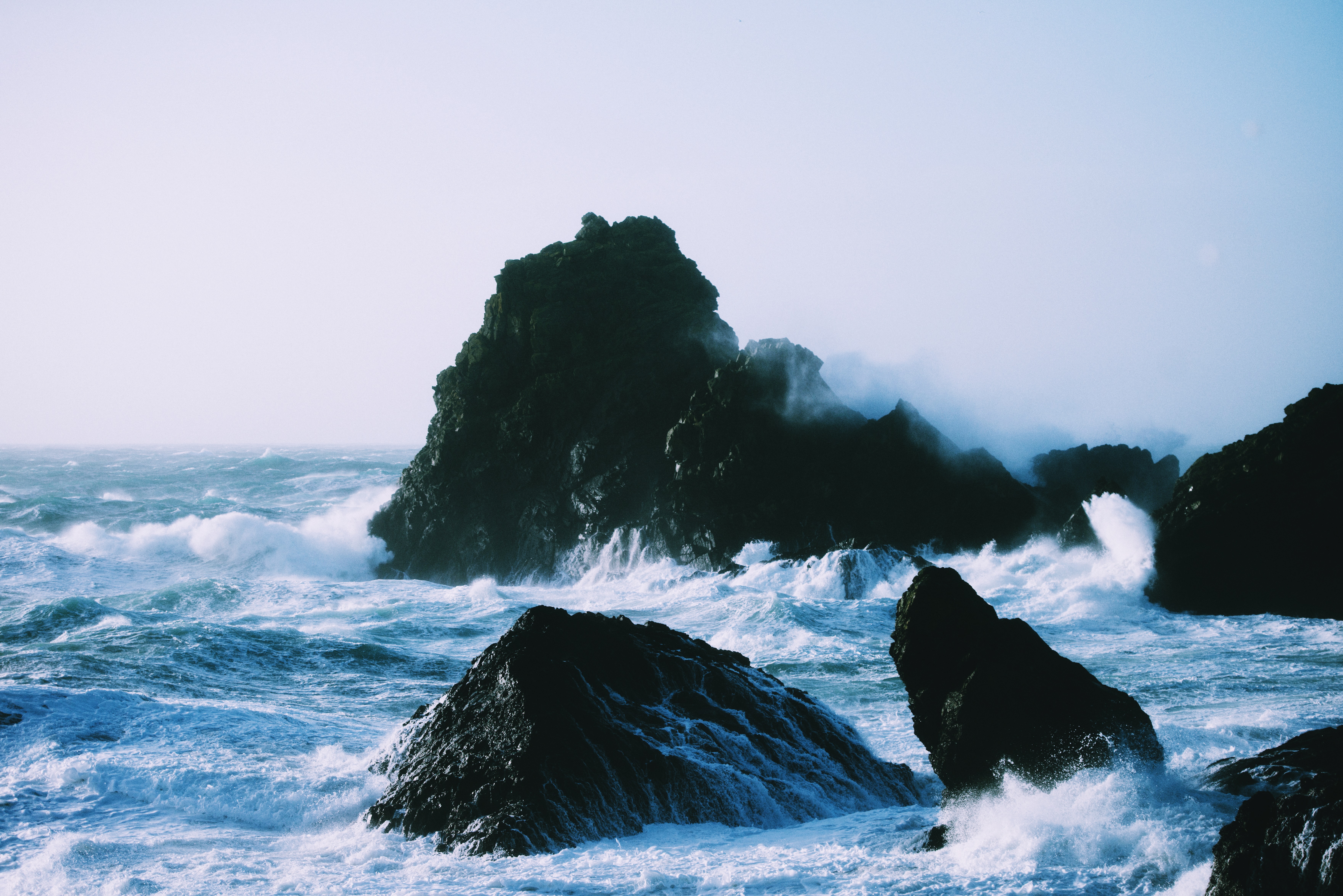
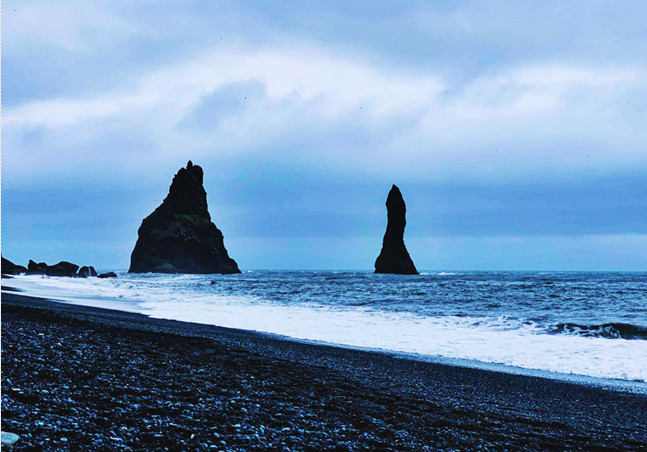

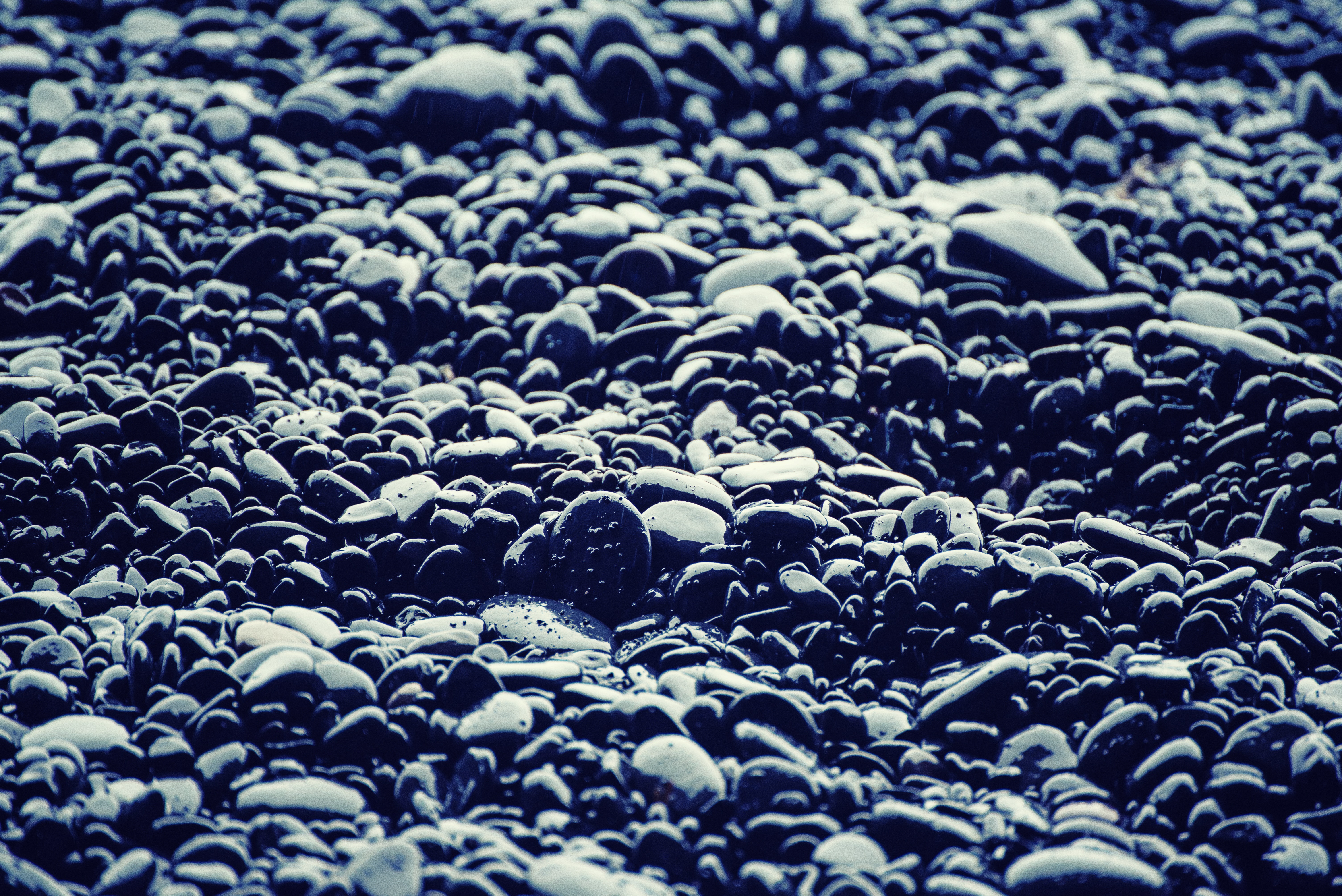
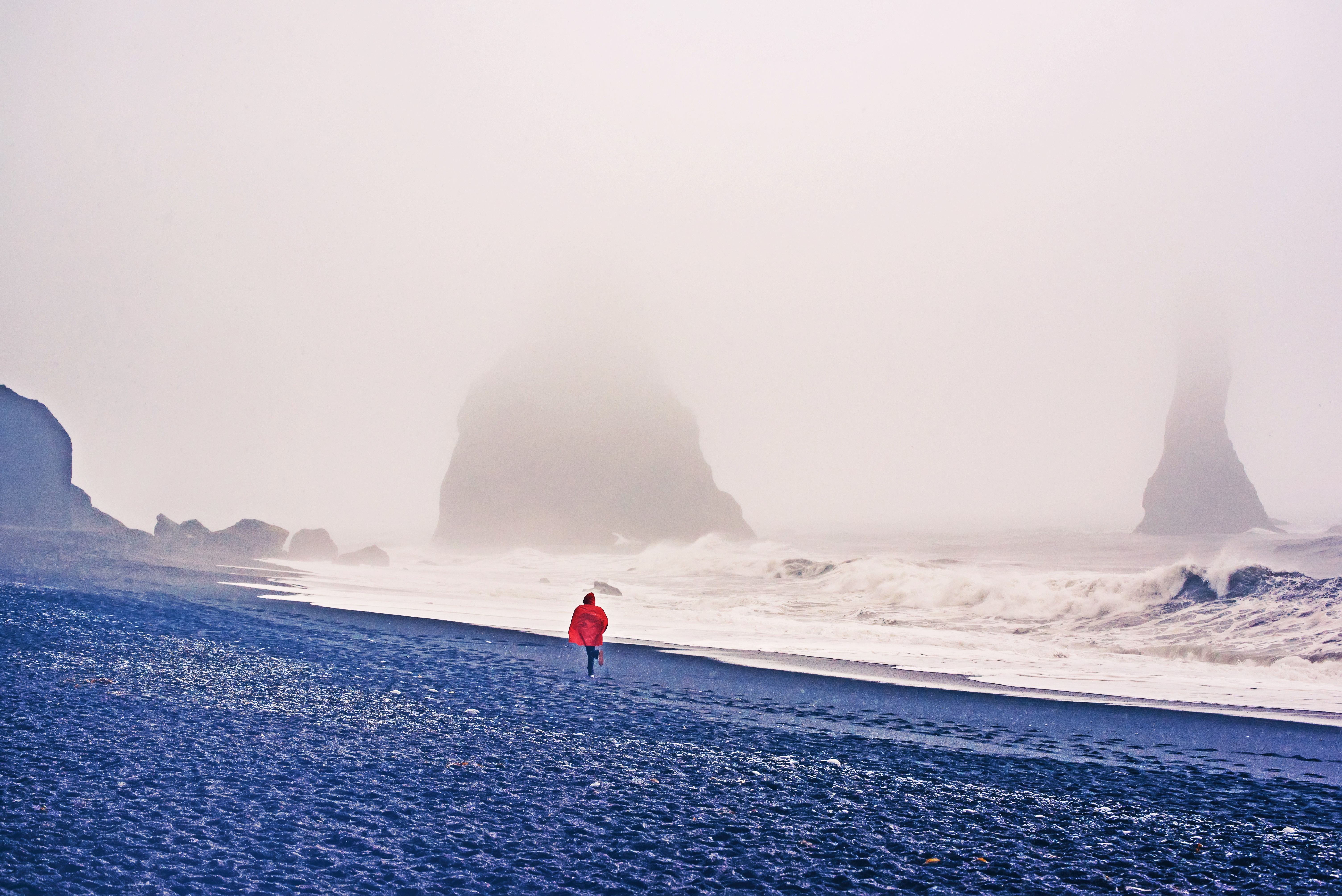
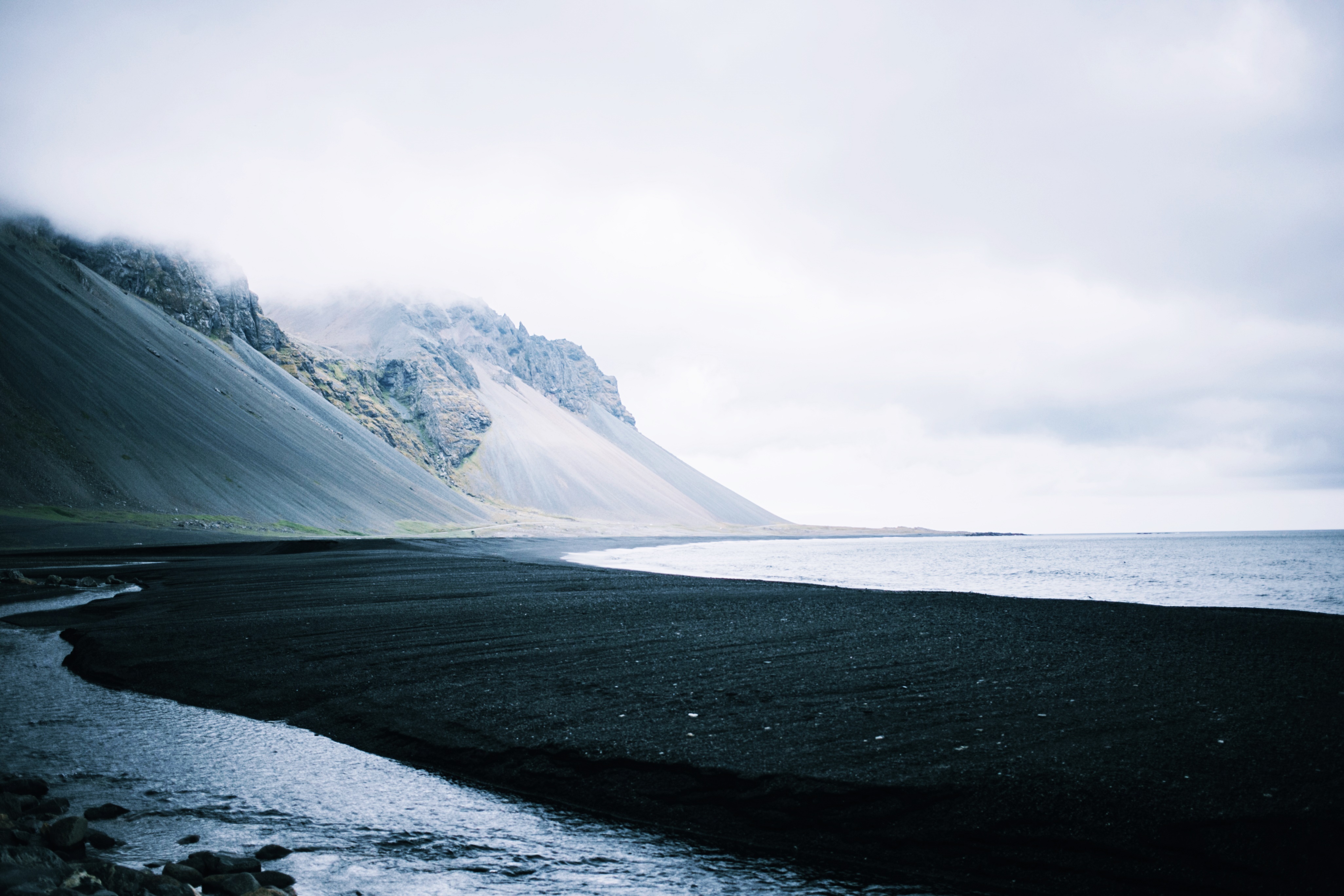
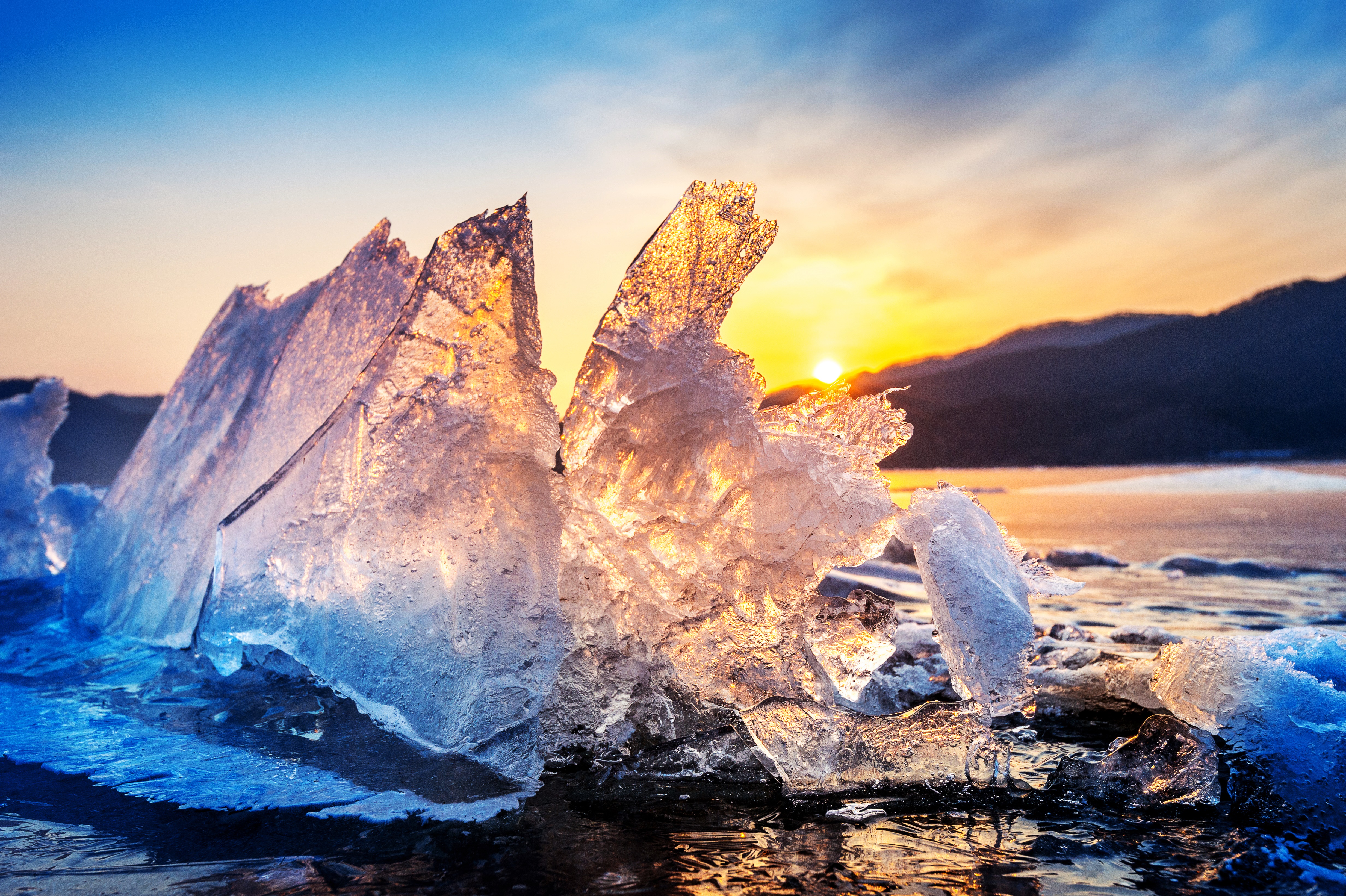


Which is the best black sand beach in Iceland for photography and videos
Our favourite black beach in Iceland for photographing icebergs is Diamond Beach followed by Stokksnes Beach, followed by the popular Reynisfjara Beach.
Ring Road in Iceland – Winter vs Summer
If you want to get throughout the entire country of Iceland, you’ll need to take Iceland Ring Road, or Route 1, which is a national road that connects all of the major towns and cities.
The Ring Road in Iceland is 828 miles (1,332 kilometres) long, making it the country’s longest road.
Since the Ring Road encompasses so much of the nation and passes close to many of Iceland’s most well-known landmarks, it makes for an ideal Iceland road trip. In addition, as the Ring Road travels through the major towns and cities of Iceland
A benefit of of traveling in winter in Iceland, is that it is the best bet to view the Northern Lights. Secondly, it is the least busiest period of the year; thus the place is less congested, and you get the chance to see some wonderful wintry landscapes, and experience the pleasant winter weather (provided you are appropriately dressed).
However, Iceland’s Ring Road is not easy to drive on in the winter. The weather in Iceland can change very quickly. Roads can get so bad that they can’t be driven on, and distances on Google Maps which say it will take 5 hours can easily take 8 plus hours. The main roads are well maintained and cleared for smooth drive even during winters, but the same cannot be said about secondary roads and highland roads that line the mountains. Usually, cities and town centres are cleaned up quickly after a storm, but it can take much longer to clear country roads. Most accidents and injuries that happen to tourists on the road happen in rural areas.
If you do not favor driving in the winter conditions of Iceland, it is better to opt for organized winter tours or stay in Reykjavik and plan you winter trips from the capital city. If you don’t know how to drive on narrow roads that could be icy and in strong winds in Iceland in the winter, you can also hire a private driver.
The benefit is that he or she will know the road well, and if they are good, you can also take advantage of that flexibility, which we mean by “stopping to take pictures.”
If you’re looking for a less crowded and less congested environment to enjoy your vacation, the winter months are a great time to visit. However, there are a number of downsides to consider, including fewer daylight hours and shorter business hours, potentially hazardous winter road conditions, less bird life for those who enjoy watching the seabirds and road closures are common.
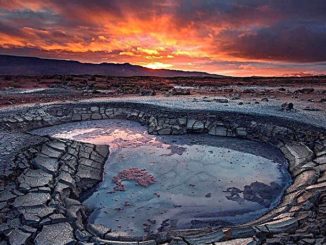

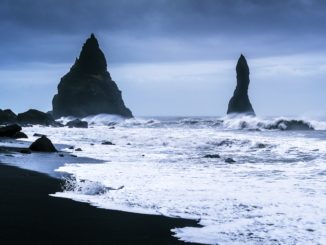
Be the first to comment